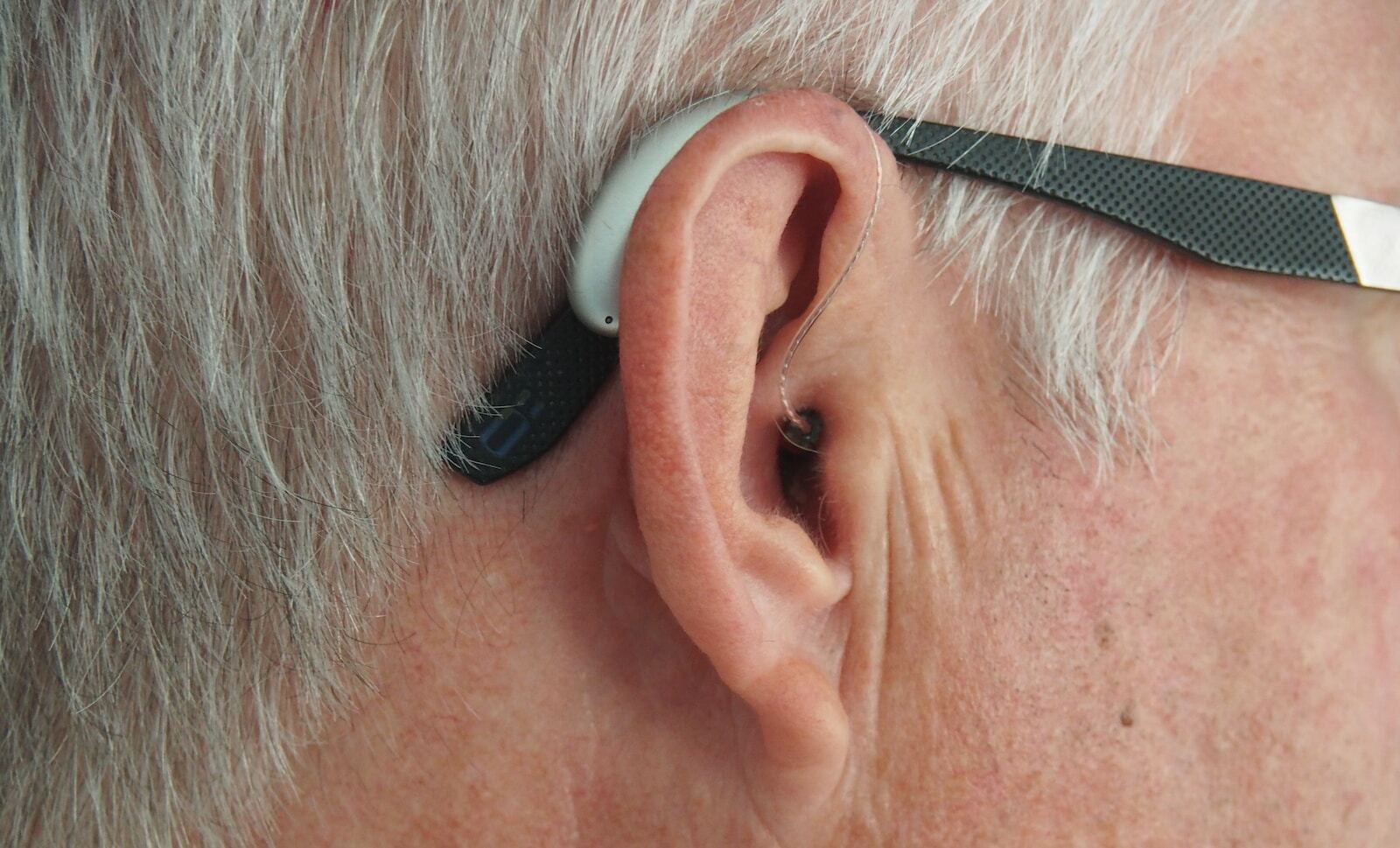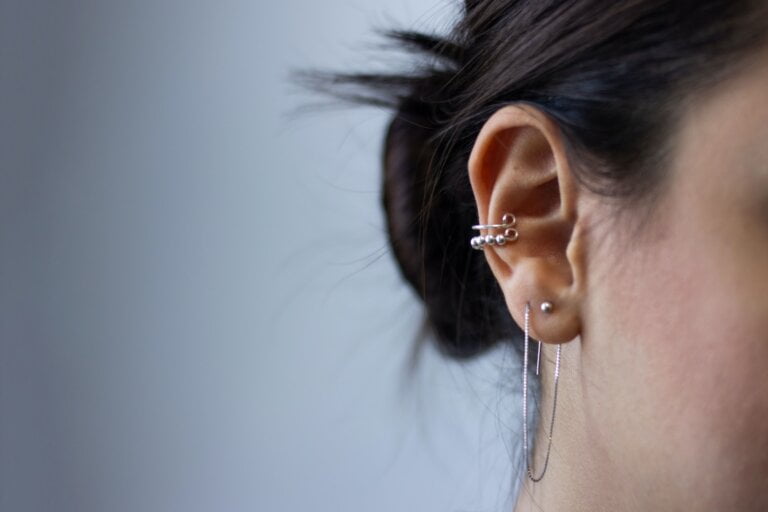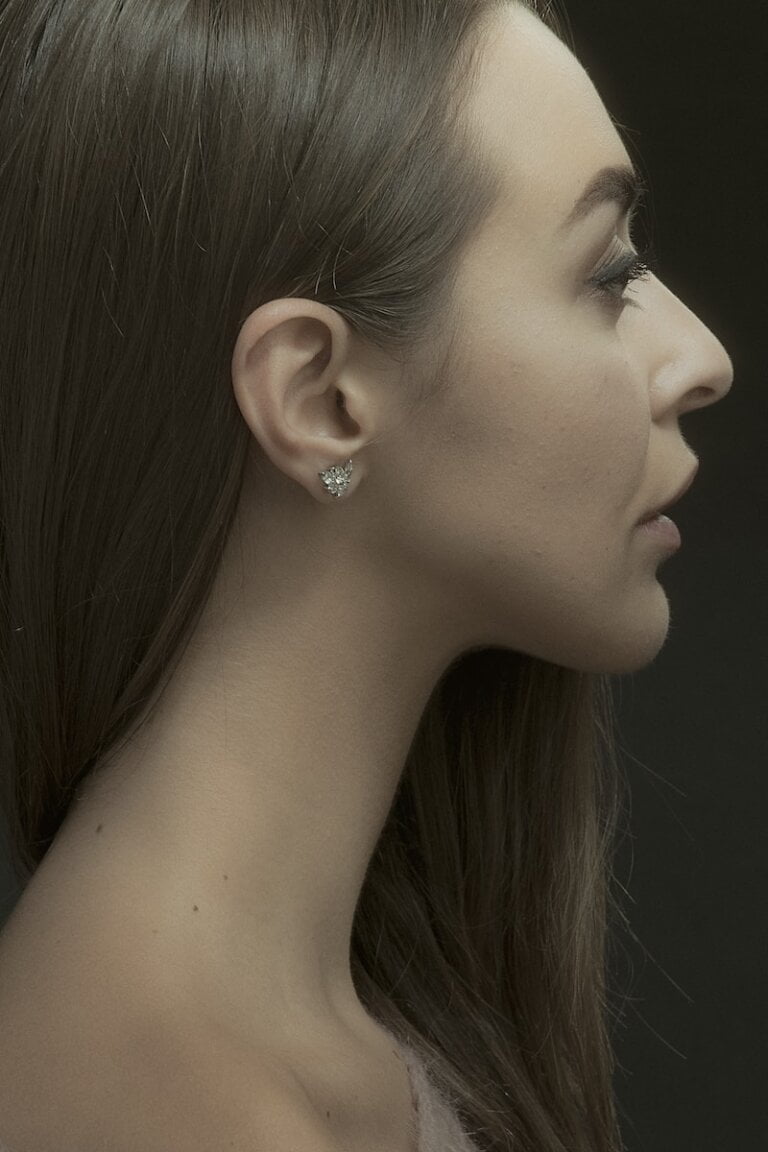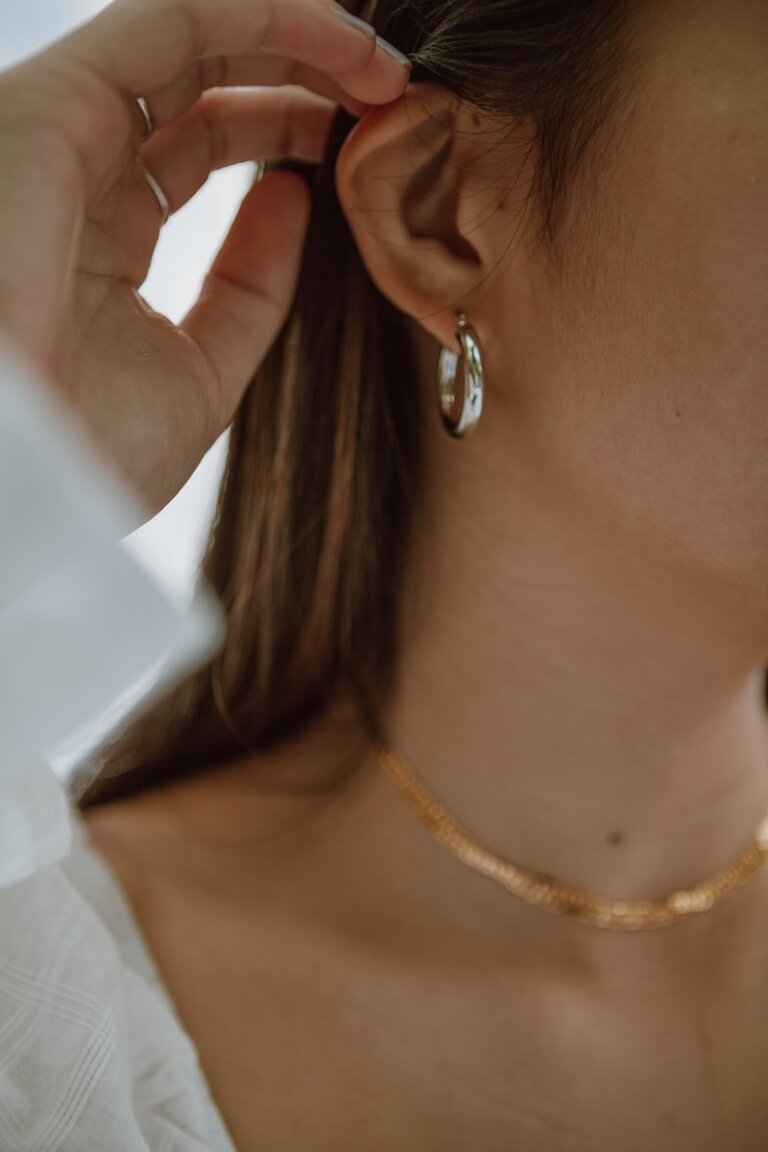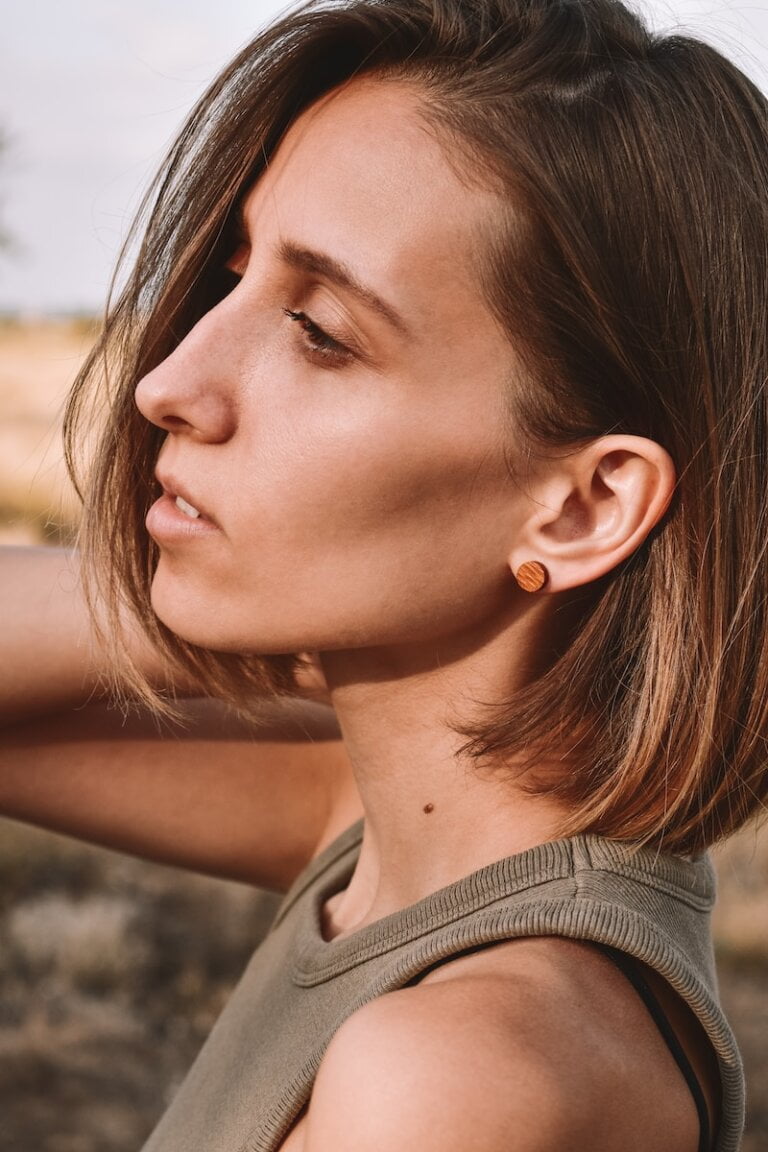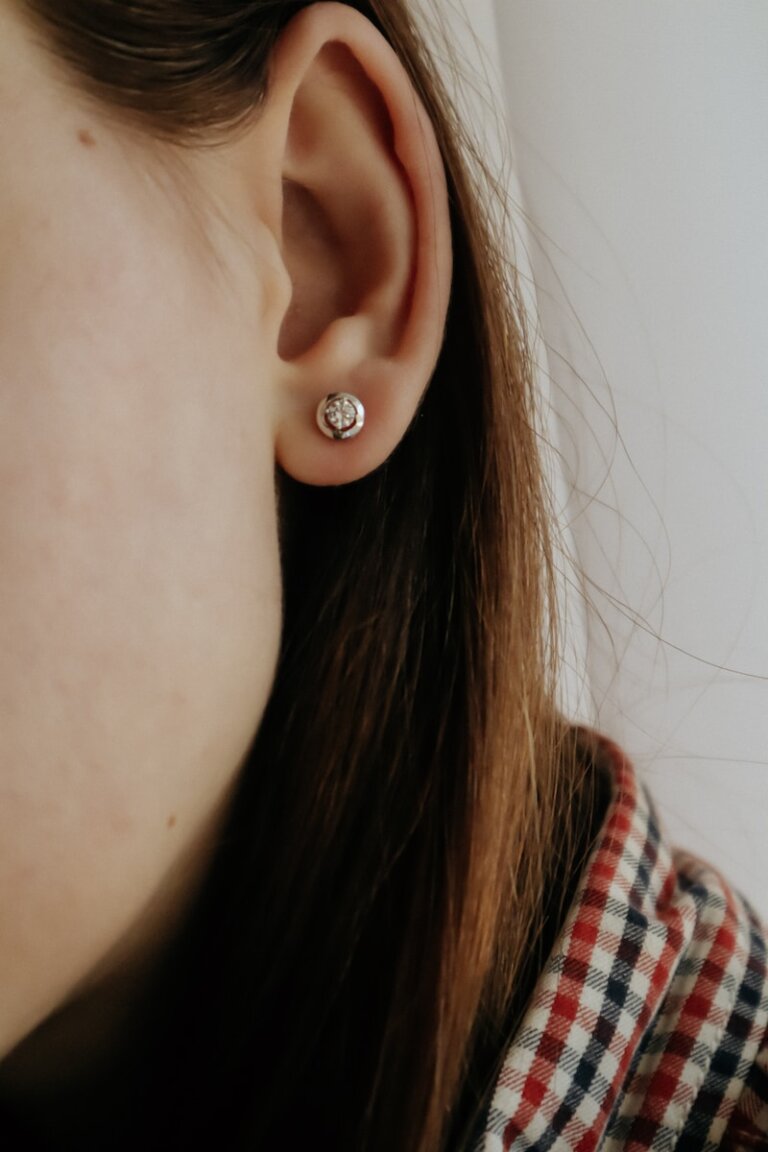Finding Harmony: Striking a Balance Between Enjoyment and Ear Protection with Headphones
Last Updated on 25th April 2024 by Admin
In today’s modern world, headphones have become an essential accessory for many individuals. Whether you are a music enthusiast, a podcast lover, or an avid gamer, headphones provide an immersive and personalized experience. However, with the increasing popularity of headphones, it is crucial to strike a balance between enjoyment and ear protection. In this article, we will explore the importance of finding harmony between these two aspects and provide tips on how to ensure the well-being of your ears while enjoying your favorite audio content.
Understanding the Risks
Before diving into the ways to strike a balance, it’s crucial to grasp the potential risks associated with excessive or improper headphone usage. Prolonged exposure to loud sounds can lead to various hearing-related problems, including:
-
Noise-induced hearing loss (NIHL): Exposure to loud sounds for an extended period can damage the hair cells in the inner ear, leading to permanent hearing loss. This can have a significant impact on your overall quality of life, as it may affect your ability to communicate, enjoy music, or engage in everyday activities.
-
Tinnitus: This condition causes a ringing, buzzing, or hissing sound in the ears, and it can be triggered or worsened by loud noises. Tinnitus can be incredibly bothersome and can interfere with your concentration, sleep, and overall well-being.
-
Hyperacusis: It is a heightened sensitivity to everyday sounds, making them seem excessively loud and uncomfortable. Individuals with hyperacusis may find it challenging to tolerate common noises, such as traffic or conversations, which can significantly impact their daily lives.
To protect your ears and minimize the risk of these conditions, it is essential to take proactive measures when using headphones.
Choosing the Right Headphones
To protect your ears while enjoying audio content, selecting the right pair of headphones is essential. Here are some factors to consider:
1. Noise-Canceling Technology
Investing in noise-canceling headphones can significantly reduce the risk of hearing damage. These headphones use built-in microphones to analyze and cancel out external sounds, allowing you to listen at lower volumes without compromising audio quality. By blocking out background noise, noise-canceling headphones help create a more immersive listening experience and reduce the need to increase the volume to drown out external sounds. This can be particularly beneficial if you often find yourself in noisy environments, such as on public transportation or in a bustling office.
2. Over-Ear vs. In-Ear Headphones
When it comes to ear protection, both over-ear and in-ear headphones have their advantages. Over-ear headphones rest comfortably over the ears, creating a seal that blocks out external noise. This isolation can help reduce the need to turn up the volume to overcome ambient sounds. In contrast, in-ear headphones fit snugly inside the ear canal and can provide a more secure fit. However, it’s important to choose in-ear headphones with proper noise isolation features to ensure effective ear protection. While both types can be suitable for ear protection, over-ear headphones generally provide better noise isolation and are more comfortable for extended use.
3. Volume Limiting Feature
Some headphones come with a volume limiting feature that restricts the maximum volume output. This feature is particularly beneficial, especially for children or individuals who tend to listen at high volumes. It helps prevent accidental exposure to damaging sound levels and provides an added layer of protection for your ears. When choosing headphones, look for models that have this feature and familiarize yourself with how to activate and adjust the volume limits according to your preferences.
In addition to these factors, it’s also important to consider the comfort, durability, and overall audio quality of the headphones. Finding a balance between ear protection and enjoyment involves selecting headphones that not only prioritize your hearing health but also provide an excellent audio experience.
Practicing Safe Listening Habits
Aside from choosing the right headphones, adopting safe listening habits is crucial. Here are some tips to help you strike a balance between enjoyment and ear protection:
1. Set Volume Limits
Ensure that you keep the volume of your headphones at a moderate level. As a general rule, the sound should be loud enough for you to hear comfortably without drowning out ambient noises. If someone nearby can hear what you’re listening to, it’s a strong indication that the volume is too high. By keeping the volume at a reasonable level, you can protect your ears from excessive noise exposure and reduce the risk of long-term hearing damage.
2. Take Breaks
Regularly giving your ears breaks from continuous headphone usage can significantly reduce the risk of hearing damage. Aim to take short breaks every hour and avoid wearing headphones for extended periods without interruption. During these breaks, allow your ears to rest and recover from the sound stimulation. Engage in activities that don’t involve headphones, such as taking a walk, reading a book, or having a conversation with others. By incorporating breaks into your listening routine, you can help prevent overexposure and give your ears the opportunity to recharge.
3. Limit Exposure Time
Be mindful of the total time you spend using headphones each day. Experts recommend limiting headphone usage to no more than 60 minutes at a time. Prolonged exposure can lead to cumulative damage, so it’s essential to give your ears ample rest. If you find yourself using headphones for extended periods, try to break up your listening sessions into shorter intervals with breaks in between. This can help minimize the overall exposure and reduce the strain on your ears.
4. Use Ear Protection in Noisy Environments
If you frequently find yourself in noisy environments, such as concerts or crowded public spaces, consider using ear protection alongside your headphones. Foam earplugs or earmuffs can help reduce the overall sound exposure and provide an extra layer of protection for your ears. This combination is particularly important when attending events or places where the volume levels are beyond your control. By wearing ear protection, you can enjoy the audio content without subjecting your ears to excessive noise levels.
Taking Care of Your Ears
Apart from using headphones responsibly, it’s crucial to maintain good ear health. Here are some additional tips for overall ear care:
1. Clean Your Headphones Regularly
Keep your headphones clean by wiping them with a soft, lint-free cloth. Regular cleaning helps prevent the buildup of dirt and bacteria, which can cause ear infections or irritation. Pay special attention to the ear cushions or ear tips of your headphones, as these come into direct contact with your ears. If your headphones have removable ear cushions or tips, make sure to clean them according to the manufacturer’s instructions.
2. Avoid Sharing Headphones
Sharing headphones can introduce bacteria and increase the risk of infections. It’s best to use your own headphones to maintain good ear hygiene. By using your personal headphones, you minimize the chances of exposing your ears to potentially harmful pathogens. If you need to share audio content with others, consider using a headphone splitter or separate audio devices to ensure everyone maintains their own personal hygiene.
3. Get Regular Hearing Check-Ups
Periodically scheduling hearing check-ups with a healthcare professional is essential, especially if you frequently use headphones. These check-ups can help monitor your hearing health and detect any early signs of hearing loss or other related issues. A hearing healthcare professional can perform tests to evaluate your hearing abilities and provide guidance on how to protect and preserve your ears. By staying proactive about your ear health, you can address any concerns promptly and take appropriate measures to maintain optimal hearing.
Conclusion
Finding harmony between enjoyment and ear protection is crucial to maintaining good ear health in this headphone-driven era. By selecting the right headphones, practicing safe listening habits, and taking care of your ears, you can strike a balance that ensures both your enjoyment and long-term well-being. Remember, your ears are precious, so prioritize their protection while immersing yourself in the world of audio content.
Note: The complete article is provided below in markdown format:
# Finding Harmony: Striking a Balance Between Enjoyment and Ear Protection with Headphones
In today's modern world, headphones have become an essential accessory for many individuals. Whether you are a music enthusiast, a podcast lover, or an avid gamer, headphones provide an immersive and personalized experience. However, with the increasing popularity of headphones, it is crucial to strike a balance between enjoyment and ear protection. In this article, we will explore the importance of finding harmony between these two aspects and provide tips on how to ensure the well-being of your ears while enjoying your favorite audio content.
Understanding the Risks
Before diving into the ways to strike a balance, it's crucial to grasp the potential risks associated with excessive or improper headphone usage. Prolonged exposure to loud sounds can lead to various hearing-related problems, including:
- Noise-induced hearing loss (NIHL): Exposure to loud sounds for an extended period can damage the hair cells in the inner ear, leading to permanent hearing loss.
- Tinnitus: This condition causes a ringing, buzzing, or hissing sound in the ears, and it can be triggered or worsened by loud noises.
- Hyperacusis: It is a heightened sensitivity to everyday sounds, making them seem excessively loud and uncomfortable.
Choosing the Right Headphones
To protect your ears while enjoying audio content, selecting the right pair of headphones is essential. Here are some factors to consider:
1. Noise-Canceling Technology
Investing in noise-canceling headphones can significantly reduce the risk of hearing damage. These headphones use built-in microphones to analyze and cancel out external sounds, allowing you to listen at lower volumes without compromising audio quality.
2. Over-Ear vs. In-Ear Headphones
Over-ear headphones rest comfortably over the ears, creating a seal that blocks out external noise. In contrast, in-ear headphones fit snugly inside the ear canal. Both types can be suitable for ear protection, but over-ear headphones generally provide better noise isolation and are more comfortable for extended use.
3. Volume Limiting Feature
Some headphones come with a volume limiting feature that restricts the maximum volume output. This feature is particularly beneficial, especially for children or individuals who tend to listen at high volumes. It helps prevent accidental exposure to damaging sound levels.
Practicing Safe Listening Habits
Aside from choosing the right headphones, adopting safe listening habits is crucial. Here are some tips to help you strike a balance between enjoyment and ear protection:
1. Set Volume Limits
Ensure that you keep the volume of your headphones at a moderate level. As a general rule, the sound should be loud enough for you to hear comfortably without drowning out ambient noises. If someone nearby can hear what you're listening to, it's a strong indication that the volume is too high.
2. Take Breaks
Regularly giving your ears breaks from continuous headphone usage can significantly reduce the risk of hearing damage. Aim to take short breaks every hour and avoid wearing headphones for extended periods without interruption.
3. Limit Exposure Time
Be mindful of the total time you spend using headphones each day. Experts recommend limiting headphone usage to no more than 60 minutes at a time. Prolonged exposure can lead to cumulative damage, so it's essential to give your ears ample rest.
4. Use Ear Protection in Noisy Environments
If you frequently find yourself in noisy environments, such as concerts or crowded public spaces, consider using ear protection alongside your headphones. Foam earplugs or earmuffs can help reduce the overall sound exposure and provide an extra layer of protection for your ears.
Taking Care of Your Ears
Apart from using headphones responsibly, it's crucial to maintain good ear health. Here are some additional tips for overall ear care:
1. Clean Your Headphones Regularly
Keep your headphones clean by wiping them with a soft, lint-free cloth. Regular cleaning helps prevent the buildup of dirt and bacteria, which can cause ear infections or irritation.
2. Avoid Sharing Headphones
Sharing headphones can introduce bacteria and increase the risk of infections. It's best to use your own headphones to maintain good ear hygiene.
3. Get Regular Hearing Check-Ups
Periodically scheduling hearing check-ups with a healthcare professional is essential, especially if you frequently use headphones. These check-ups can help monitor your hearing health and detect any early signs of hearing loss or other related issues.
Conclusion
Finding harmony between enjoyment and ear protection is crucial to maintaining good ear health in this headphone-driven era. By selecting the right headphones, practicing safe listening habits, and taking care of your ears, you can strike a balance that ensures both your enjoyment and long-term well-being. Remember, your ears are precious, so prioritize their protection while immersing yourself in the world of audio content.
FAQ
1. What are the potential risks associated with excessive or improper headphone usage?
Excessive or improper headphone usage can lead to noise-induced hearing loss (NIHL), tinnitus, and hyperacusis.
2. How can I choose the right headphones for ear protection?
When selecting headphones for ear protection, consider factors such as noise-canceling technology, over-ear vs. in-ear headphones, and the presence of a volume limiting feature.
3. What are some safe listening habits to protect my ears?
To protect your ears, set volume limits, take breaks from headphone usage, limit exposure time, and use ear protection in noisy environments.
4. How can I take care of my ears while using headphones?
To take care of your ears, clean your headphones regularly, avoid sharing headphones, and get regular hearing check-ups with a healthcare professional.

